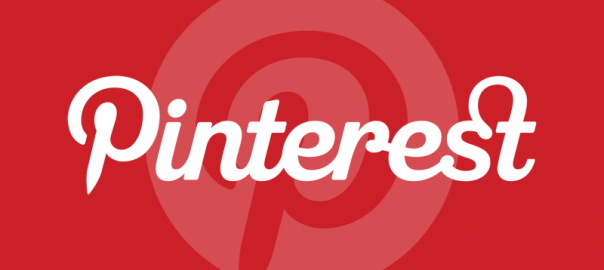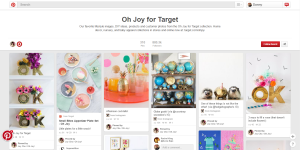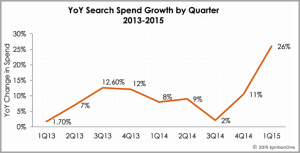The visual social network reveals more details about the machine learning algorithms that serve personally relevant Pins on user home feeds.

Pinterest isn’t just chronological anymore. Taking a page from Facebook and its News Feed algorithm, Pinterest has started reordering users’ home feeds to serve content that is more personally relevant rather than most recent.
Pinterest calls the algorithm Pinnability and today revealed more details about it in a post on its engineering blog. Pinterest took the first steps to do that last August when it launched smart feed.
Pinnability is a further refinement Pinterest’s effort to solve the noise-to-signal problem that all major social networks grapple with: how to make sure people aren’t overwhelmed by too much information.
Today’s post goes into deep detail about how Pinterest engineers are using state-of-the-art machine learning models to determine which Pins a user is most likely to interact with.
Pinterest creates a personal relevance score for each Pin that is eligible to be included on a user’s home feed. That pool includes all Pins from people that a user follows as well at Pinterest’s “Picked for You” recommendations (and presumably, although they weren’t mentioned in today’s post, Promoted Pins).
The machine learning models tease out the Pinnability rating by identifying “Training” factors, such as the intrinsic quality of a Pin (historical popularity, Pin freshness and likelihood of spam), the gender and activity level of the Pinner, and how the Pinner has previously interacted with Pins of a similar type.
Then, based on that data, Pinterest serves users the most relevant Pins on top. Here’s how that looks:


Pinterest said the effort has significantly increased engagement on the home feed:
We continue to refine Pinnability and have released several improvements to-date. With each iteration, we’ve observed significant boosts in Pinner engagement, including an increase in the the home feed repinner count by more than 20 percent. We’ve also observed significant gains in other metrics including total repins and clickthroughs.
You can read about Pinnability in more detail on the Pinterest engineering blog.
Postscript: A previous version of this post incorrectly stated that Pinterest recently adjusted its home feed to be non-chronological. In fact, that change came in August.
(Some images used under license from Shutterstock.com.)
Marketing Land – Internet Marketing News, Strategies & Tips
(233)







